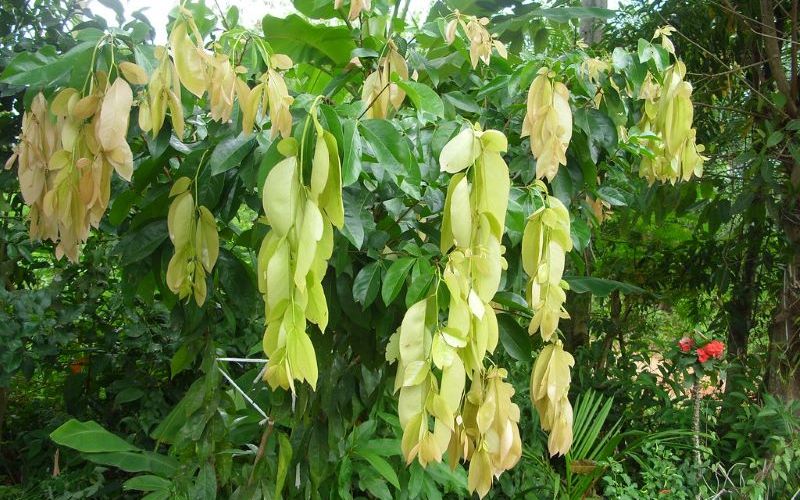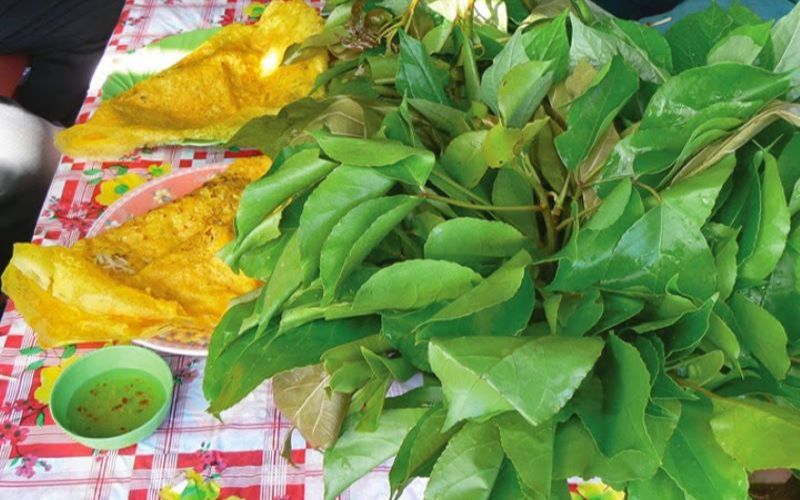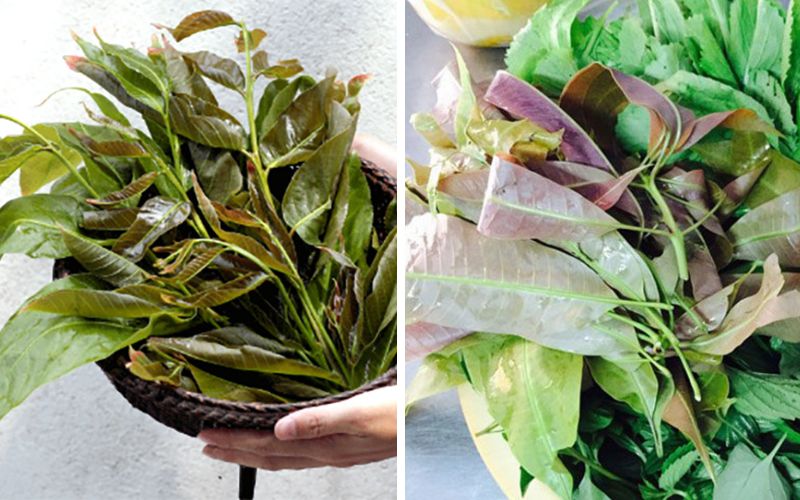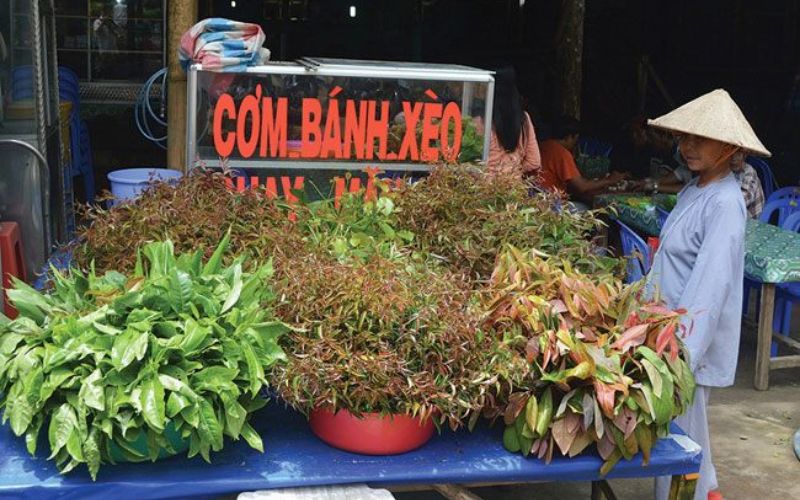Did you know that a certain type of wild plant once commonly used for fencing has now become a delicacy, selling for 90,000 VND per kg? Join us as we uncover the benefits of this unique plant in the article below!
1 What is the “dot mot” plant?
The “dot mot” plant is commonly grown in East Asian countries, including India, Thailand, Cambodia, Malaysia, Indonesia, Laos, and Vietnam. This plant thrives in coastal areas and mangrove forests with tidal movements.

The “dot mot” plant is commonly grown in East Asian countries
In Vietnam, this plant is typically found in mangrove forests and brackish creeks. It is predominantly grown in the Mekong Delta region, especially in Tay Ninh province, renowned for its diverse forest vegetables.

The leaves of the “dot mot” plant are compound, crescent-shaped, and usually pale pink
The “dot mot” plant is a large tree, growing to heights between 15 and 30 cm. It often has a spreading canopy with drooping leaves. The bark is reddish-brown and is used for furniture making. The leaves are compound, crescent-shaped, and range from pale pink to white or greenish-yellow. When consumed, the leaves have a distinct sour and astringent taste.
“Dot mot” flowers appear from June to August and change color from white to brown. After 1-2 months, the flowers develop into fruits 2-3 cm long, covered with hair and a rough shell. These achenes contain 2-3 seeds.
2 Benefits of the “dot mot” plant
The “dot mot” plant offers a range of benefits beyond its use as a fence. It is edible and possesses medicinal properties. Here are some of its notable advantages:
Used as a vegetable in cuisine
The leaves of the “dot mot” plant can be eaten raw as a fresh herb to accompany various dishes. They pair particularly well with fish hot pot, savory pancakes, or braised fish. The sour and astringent flavors of the leaves enhance the taste of these dishes.

Used as a vegetable in cuisine
Medicinal uses in Traditional Eastern Medicine
According to an article published by the Military Medical Academy on the Investigation of Marine Life and Medicinal Plants, the “dot mot” plant is widely used in Eastern medicine. Indians often boil the leaves with fresh milk and honey and apply the mixture to treat skin ailments.
Additionally, the essential oil derived from the seeds has skin-healing properties, and the roots are prepared and used as a deworming medication.

Medicinal uses in Traditional Eastern Medicine
Medicinal uses in Western Medicine
In Western medicine, the “dot mot” plant has also garnered the interest of scientists for its pharmacological properties. Research has indicated that this plant exhibits anti-cancer properties against certain types of cancer, including colorectal, stomach, and breast cancer. It is believed to selectively target and eliminate cancer cells.
Furthermore, the “dot mot” plant possesses antibacterial qualities. Its composition includes phytochemicals that combat gum inflammation, reduce blood sugar levels, and contain saponin. As a result, it is effective against various bacteria, such as E. coli, Vibrio cholerae, Enterococci, S. sonnei, S. aureus, S. typhi, and S. flexneri. Additionally, the plant helps lower glucose levels, regulate blood sugar, and prevent diabetes.

Medicinal uses in Western Medicine
3 Price of the “dot mot” plant
As a delicacy, the “dot mot” vegetable is not easily accessible in large cities like Ho Chi Minh City. In the Mekong Delta region, it is typically sold for 60,000-90,000 VND per kg.

The “dot mot” plant sells for 60,000-90,000 VND per kg
This article has introduced you to the “dot mot” plant, a once-common wild plant that has now become a sought-after delicacy. We hope you found this information useful. Please visit our website to explore more intriguing articles.





























